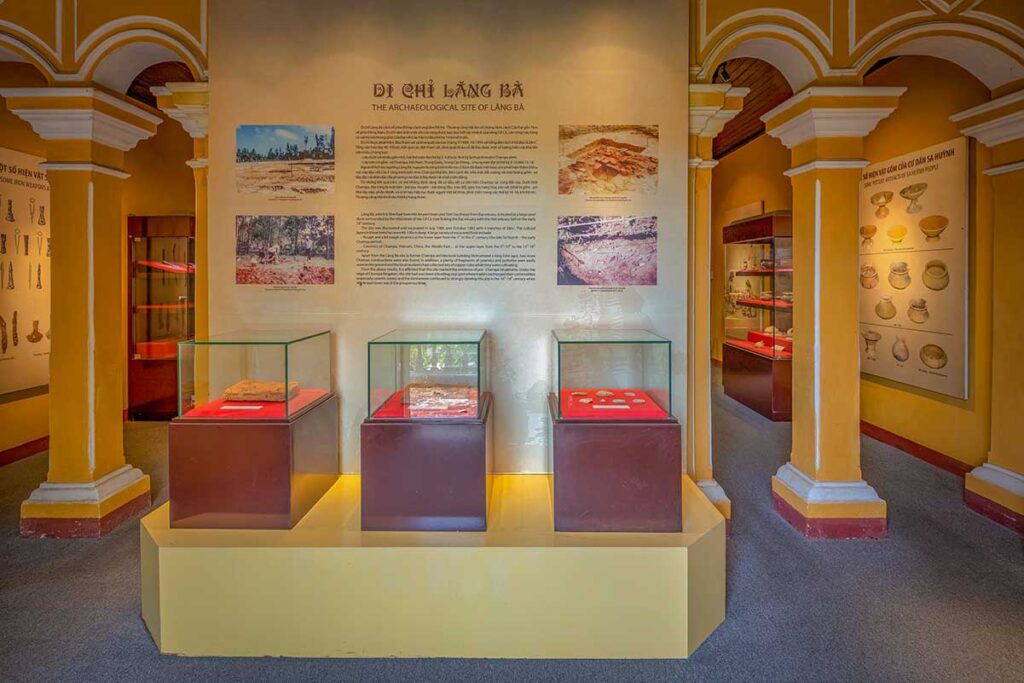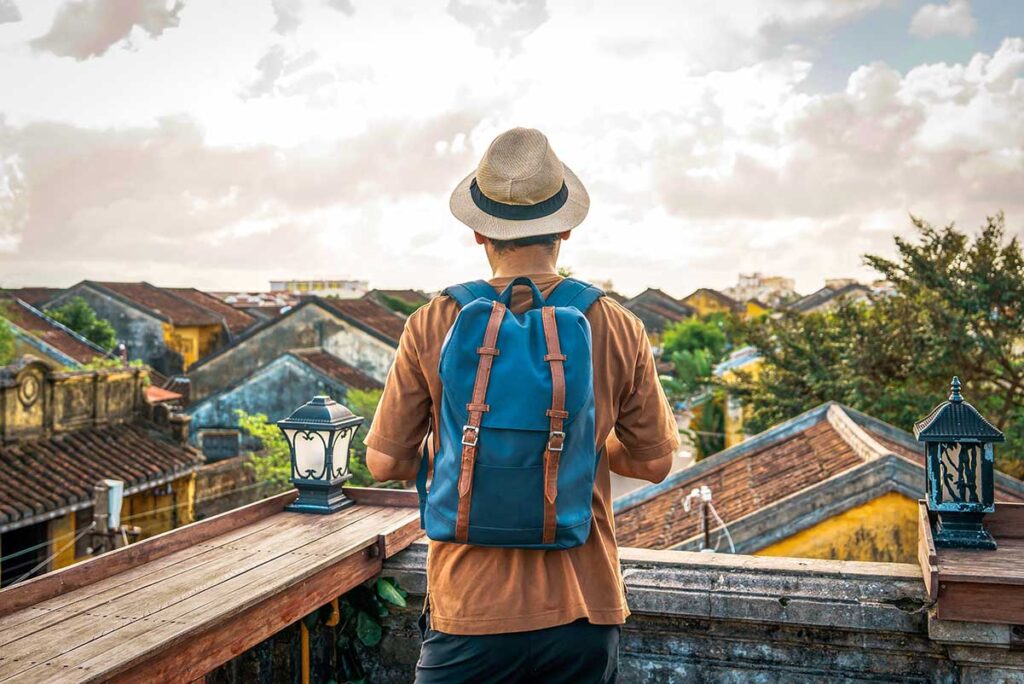What is the Museum of Sa Huynh Culture?
The Museum of Sa Huynh Culture was established in 1994 and sits just steps from the Japanese Bridge in Hoi An’s Old Town. It highlights the Sa Huynh civilization (1000 BC–200 AD), believed to be the region’s earliest inhabitants before the Cham people. Exhibits focus on burial customs, daily life, and early maritime trade that connected Hoi An with South India, China, and Southeast Asia. The museum is included as one of the sights in the Hoi An Ancient Town ticket system.
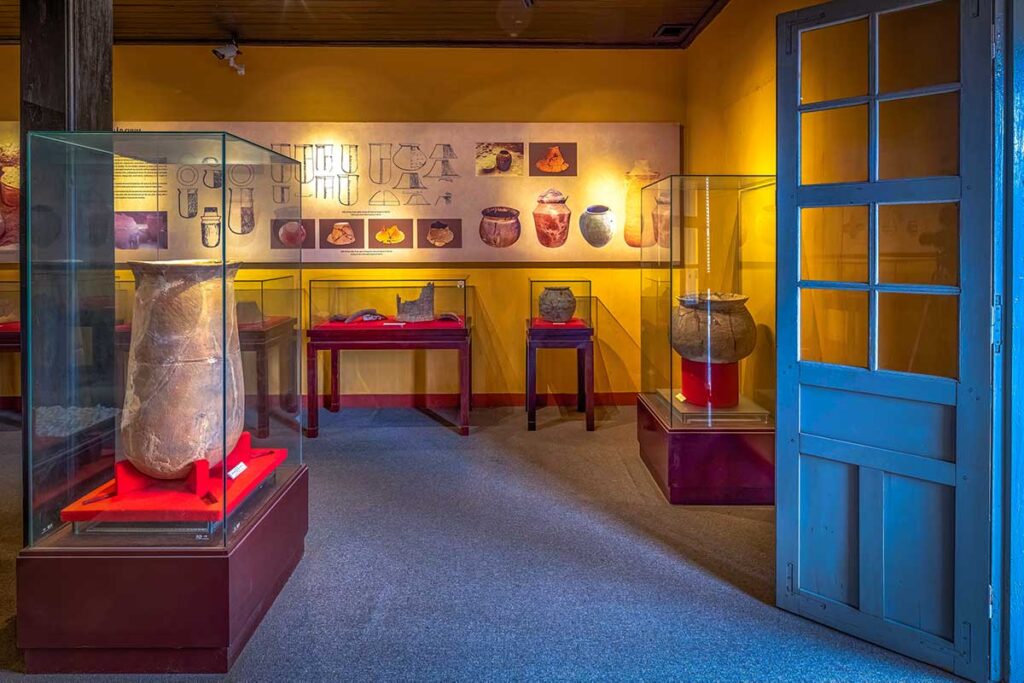
History of the Sa Huynh Culture
The Sa Huynh culture is one of Vietnam’s three major prehistoric civilizations, alongside Dong Son in the north and Oc Eo in the south. It flourished from around 1000 BC to 200 AD and is especially known for its advanced iron tools, wet rice agriculture, and early maritime trade with India, China, and Southeast Asia. Sa Huynh people were the original settlers of Hoi An, predating the Cham civilization by centuries. Archaeological finds from sites like Bai Ong (Cham Island), Hau Xa, and An Bang reveal distinctive burial customs—especially their use of large terracotta jars—and spiritual artifacts that provide rare insight into early Vietnamese beliefs.
What to see inside
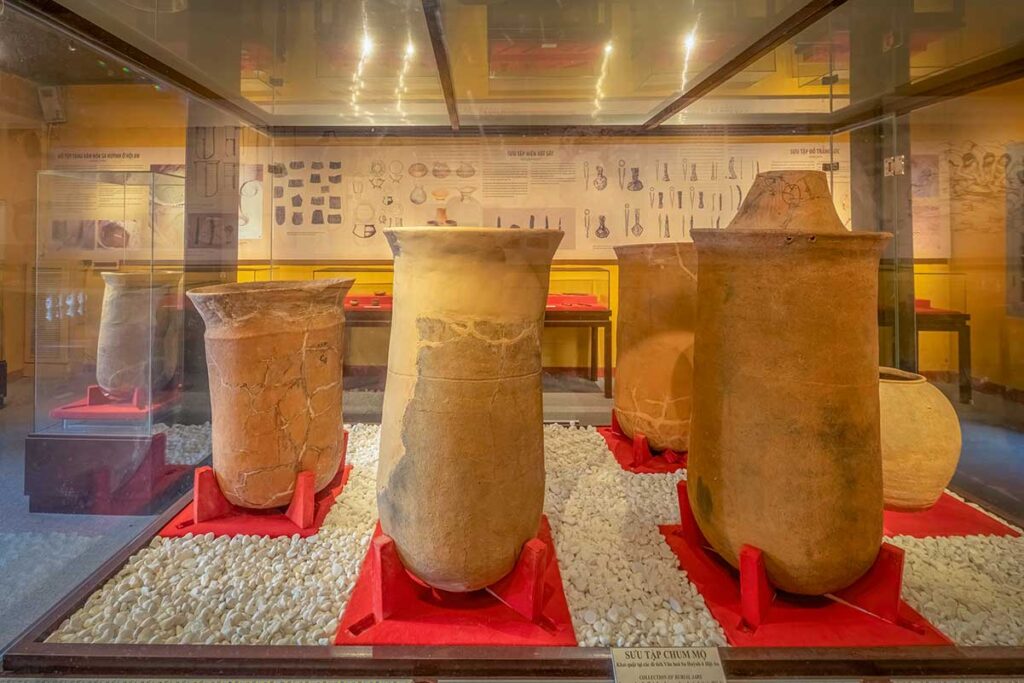
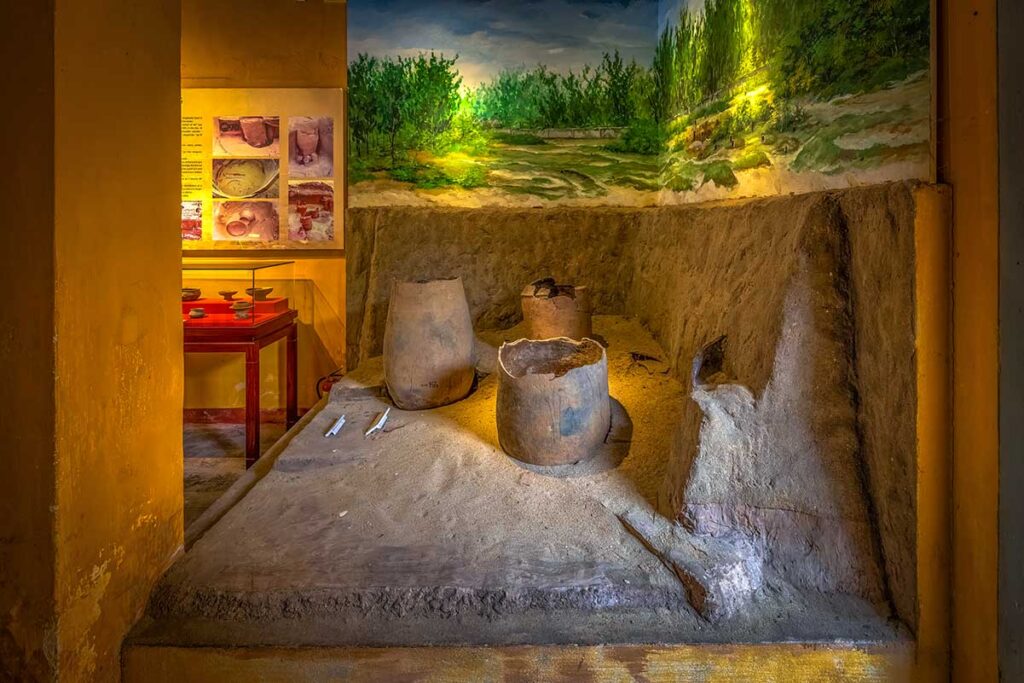
Jar Burials – A unique highlight: over 200 terracotta burial jars, excavated from more than 50 sites. These jars, used to bury adults and children alike, reflect the Sa Huynh people’s distinctive funerary traditions.
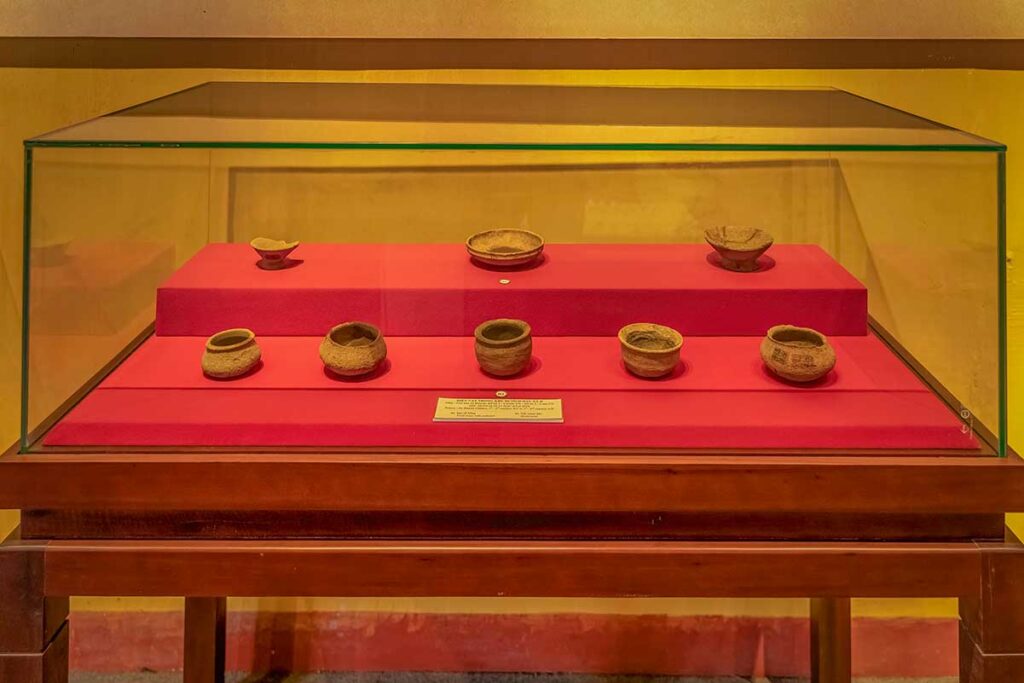
Artifacts – Displays include iron tools, copper axes, bronze weapons, and intricate jewelry such as lion-shaped earrings and gold rings. A standout is a rare Western Han Dynasty bronze mirror.
Cultural Highlights – Exhibits are arranged around key themes like daily life, sea trade, and burial practices, offering insight into how these early settlers lived and connected with the region.
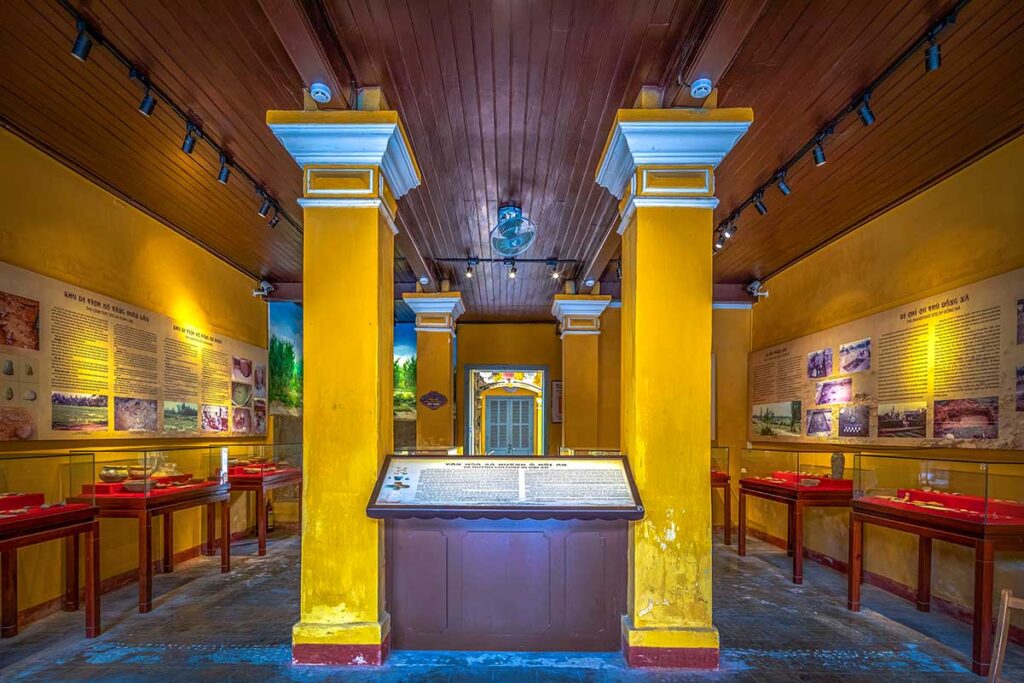
Second Floor – Houses the Museum of the Revolution, featuring modern artifacts from Vietnam’s 20th-century wars. It’s optional and quite different in focus.
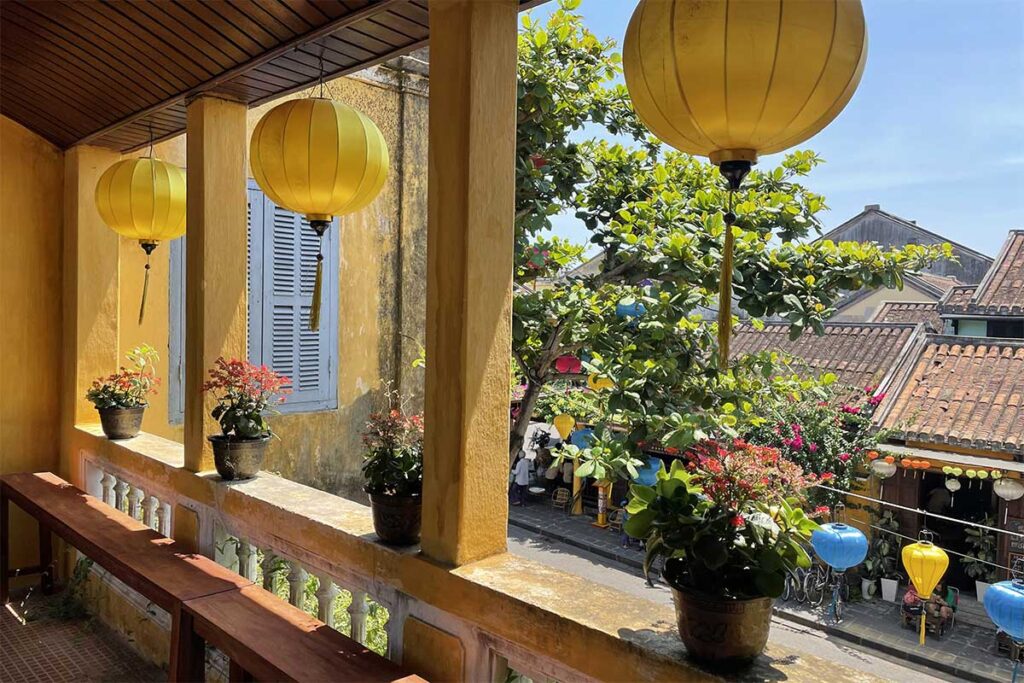
Extras – Clear English signage and archaeological notes help contextualize the displays. From the upstairs balcony, you get a peaceful view over Tran Phu Street and the lantern-filled Old Town.
Visiting information
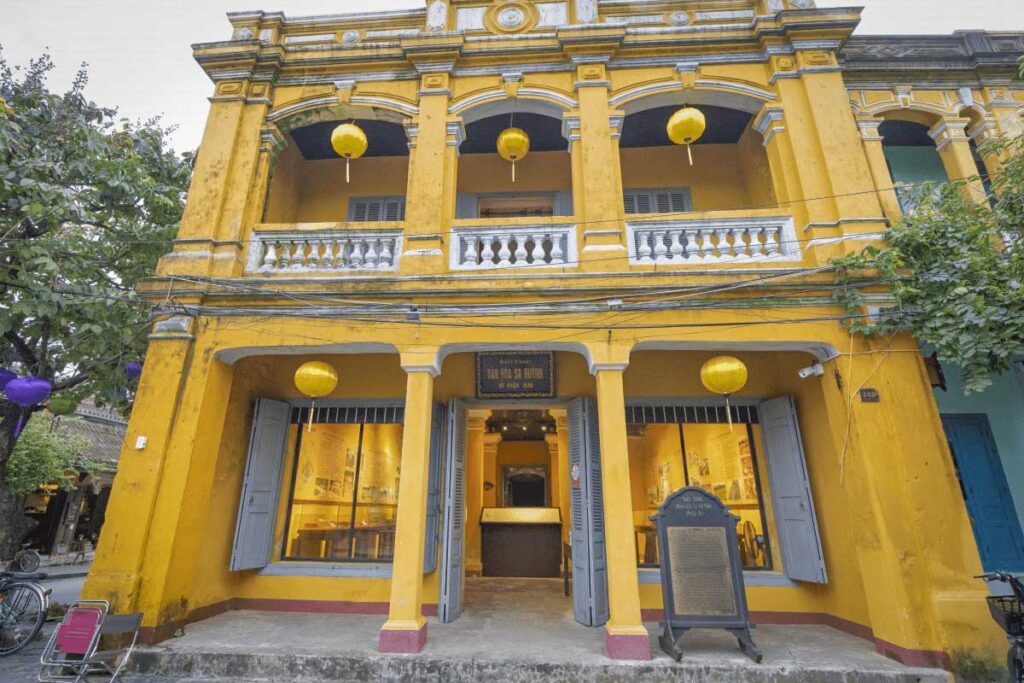
- Location: 149 Tran Phu Street, right in Hoi An Ancient Town, just a short walk from the Japanese Bridge.
- Opening Hours: Open daily from 7:00 AM to 9:00 PM. Closed on the 10th of each month for conservation work.
- Entry Fee: Included in the Hoi An Ancient Town ticket (120,000 VND for 5 sites of your choice).
- Time Needed: Plan for about 30 to 60 minutes, depending on your interest in archaeology.
- Facilities: The museum has restrooms, shaded balconies with great views, and exits through a small air-conditioned café.
- Tip: Arrive early to enjoy a quieter visit. Note that the stairs between floors are steep, so take care if you have mobility issues.
More museums in Hoi An
If you’re interested in exploring more of Hoi An’s history and culture, there are several other museums worth checking out. Good follow-ups include the Museum of Trade Ceramics, the Hoi An Folklore Museum, and the Precious Heritage Museum by Réhahn.
For a full overview and comparisons, see our guide to the Best Museums in Hoi An.
